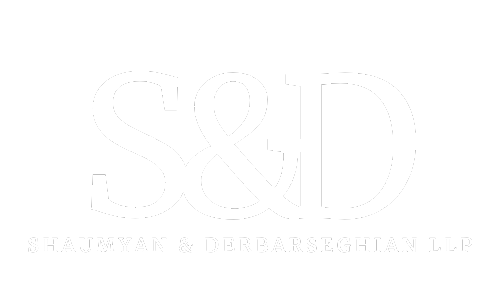
Dealing with an insurance company that acts in bad faith can be a frustrating and challenging experience. However, understanding the process of filing a bad faith insurance claim, the timeline of a bad faith lawsuit, and the potential value of such a claim can help you navigate this complex legal situation. Here, we break down the key aspects of proving bad faith insurance to help you pursue the compensation you deserve.
How to File a Bad Faith Insurance Claim
Filing a bad faith insurance claim requires careful documentation and adherence to specific legal procedures. The first step is to gather evidence that supports your claim of bad faith. This may include correspondence with the insurance company, policy documents, and any other relevant documentation that demonstrates the insurer’s failure to fulfill its obligations.
Once you have gathered sufficient evidence, you can file a formal complaint with your state’s insurance regulatory agency. In some cases, this may prompt the insurance company to reconsider its position and offer a fair settlement. However, if the insurer continues to act in bad faith, you may need to pursue legal action.
How Long Does a Bad Faith Lawsuit Take?
The timeline of a bad faith lawsuit can vary depending on the complexity of the case and the legal procedures involved. Generally, a bad faith lawsuit can take anywhere from several months to several years to resolve. The process typically involves filing a complaint, discovery, pre-trial motions, and possibly a trial.
It’s important to note that each step of the legal process can add to the overall timeline of the lawsuit. Additionally, the insurance company may attempt to delay the proceedings in an effort to wear you down. Working with an experienced bad faith insurance attorney can help expedite the process and ensure that your rights are protected.
How Much Is a Bad Faith Claim Worth?
The value of a bad faith insurance claim depends on several factors, including the extent of the damages you have suffered and the egregiousness of the insurer’s conduct. In general, you may be entitled to compensation for economic damages, such as medical bills and lost wages, as well as non-economic damages, such as pain and suffering.
Calculating the value of a bad faith claim can be complex, as it often involves projecting future losses and quantifying intangible harms. An experienced bad faith insurance attorney can help assess the value of your claim and negotiate a fair settlement with the insurance company.
Need Legal Help?
If you believe that your insurance company has acted in bad faith, don’t hesitate to seek legal advice. The attorneys at Shaumyan & Derbarseghian, LLP have extensive experience handling bad faith insurance claims and can help you pursue the compensation you deserve. Contact us today for a free consultation.
Please note: This blog article is for informational purposes only and does not constitute legal advice.

